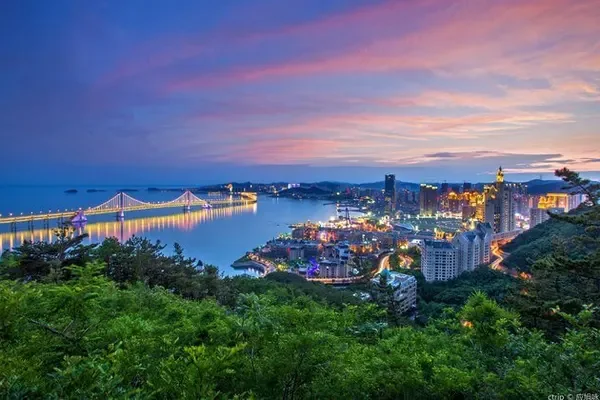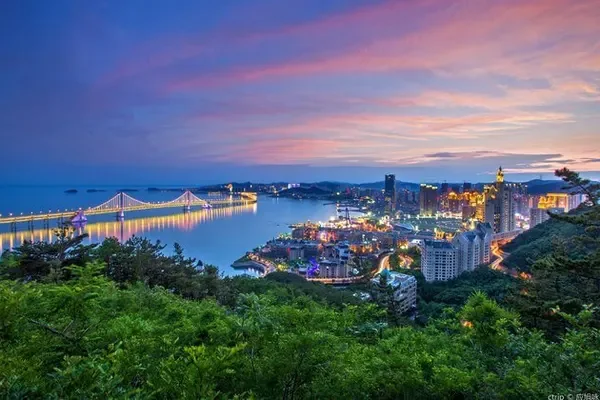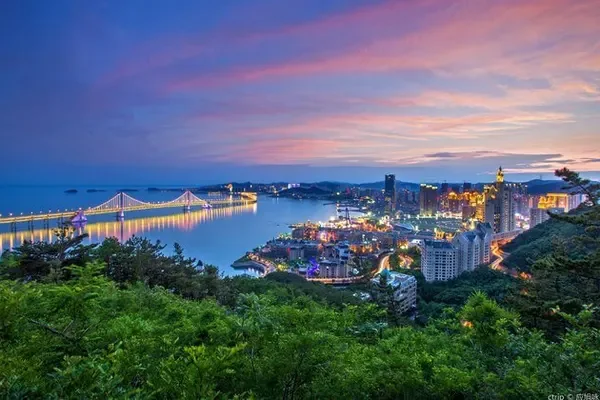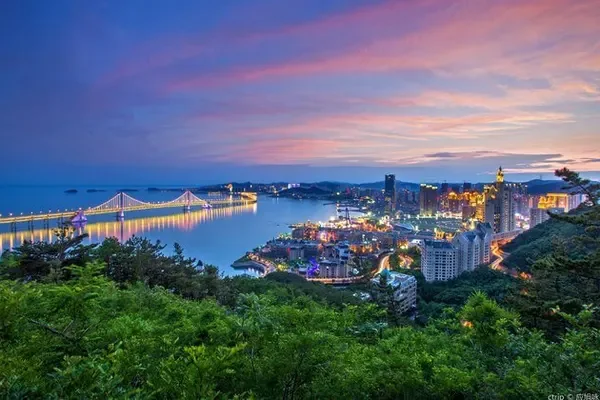"I also want to visit the Hengshui Laobaigan Distillery, can I enter?" "Can I drink casually at the distillery?" Recently, I was invited to visit the Hengshui Laobaigan Distillery and wrote a few articles. It attracted many comments or private messages from netizens. Here are some answers to your questions:

1. Can Hengshui Laobaigan Distillery enter casually?
Hengshui Laobaigan has a long history. According to written records, it can be traced back to the Han Dynasty, and it has a history of nearly 2,000 years. Hengshui Laobaigan covers an area of 1,500 mu. In 2004, it was recognized by the National Tourism Administration as the first batch of industrial tourism demonstration enterprises in the country. In 2018, it was recognized as a national AAA-level tourist attraction. In 2019, it was selected as one of the top ten most popular among netizens in China by the China Tourism Association. Industrial tourism enterprise.

As a national industrial tourism demonstration enterprise and a 3A tourist attraction, Hengshui Laobaigan Distillery is indeed beautiful and quite clean. Wandering among them, you can not only appreciate the beautiful scenery, but also increase your knowledge about fine wine. Whether it is the story of Wenxiang dismounting, or the history of Lao Baigan, or the introduction of wine baskets and pottery jars, or the neat factory facilities, they all give people beautiful enjoyment.

In the factory building, there are neatly arranged fermentation vats; in the wine cellar, the pottery jars are arranged in an orderly manner; in the workshop, there are clean and orderly wine bottles. No wonder netizens thought of Hengshui Laobaigan Distillery after seeing my photos.

Next, the key question comes: Can Hengshui Laobaigan Distillery enter casually? Answer: No. There are two main reasons, one is the need for epidemic prevention, and the other is consideration of hygiene issues. If you want to go, check with the winery or local office to see if there is an opportunity.

2. Can I drink casually at Hengshui Laobaigan Distillery?
Hengshui Laobaigan originated in the Han Dynasty and flourished in the Tang Dynasty. In the Ming Dynasty, it was listed as wine for state banquets, and there was a grand occasion of "although the ancient peach city is not big, there are eighteen cooking pots" (Note: Hengshui was once called for Peach City). In 1946, the party and the government nationalized 18 winemaking workshops and established the first state-owned winery in the country. So far, the first liquor storehouse of the Republic is still preserved in Hengshui Laobaigan Distillery.

Hengshui Laobaigan is the only listed state-owned liquor enterprise in Hebei, and its development represents the development direction of Hebei liquor at some levels. Over the years, "Drinking Hengshui Laobaigan will make you look manly" and "Drinking Laobaigan will not make you look good" are often around us, and even in the subway in Shijiazhuang, we can still hear the reminders of Hengshui Laobaigan. When I came to Hengshui Laobaigan Distillery, I naturally wanted to taste the wine here, so can I drink casually at Hengshui Baigan Distillery?

The answer is, basically yes. There is a special wine tasting room here, and there are special wine tasting masters to teach you how to taste wine. According to reports, wine tasting is about looking at the color of the eyes, smelling the aroma, tasting the taste, and looking at the style comprehensively. To see the color is to see if there is any suspended matter, sediment, and turbidity in it. Hengshui Laobaigan is clear and transparent, sometimes slightly yellowish. To smell the fragrance through the nose is to keep the airway smooth, and smell the aroma with the wine glass one finger away from the nose. Taste by mouth means that the amount of food should cover the tongue, which varies from person to person. The tip of the tongue is sensitive to sweet taste, the root of the tongue is sensitive to bitter taste, and the sides of the tongue are sensitive to sour taste. Haha, have you learned it yet? Try this the next time you drink.

I mainly tasted two kinds of wine here, one is the new wine that has just been brewed, and the other is the old wine that has been cellared for 15 years. After drinking, the feeling is obviously different. The new wine has a strong spicy taste, while the old wine is more pure and soft. As for how to be pure and soft, it can only be "can only be understood but not expressed in words".

In addition, it is said that Hengshui Laobaigan Distillery has a kind of wine specially supplied to Hengshui City, which cannot be bought in other places.
3. How did the names of "Old Baigan" and "Eighteen Winery" come from?
We often say "Laobaigan" and "Eighteen Winery", but do you know how these names come from? During this trip to Hengshui Laobaigan Distillery, I thoroughly understood.

According to written records, the history of Hengshui Laobaigan winemaking can be traced back to 104 A.D., which is an imperial edict issued in the 16th year of Emperor Yongyuan of the Han Dynasty. The edict mentioned that there was a big flood here at that time, and the imperial court asked to stop wine making and save the grain and distribute it to the victims. You can imagine how developed the wine making industry was in this place at that time.

In the Ming Dynasty, Hengshui Laobaigan was listed as wine for state banquets, and there was a grand occasion of "the ancient peach city, although it is not big, has eighteen cooking pots". In the 32nd year of Jiajing in the Ming Dynasty (1553 A.D.), a stone bridge was built on the Fuyang River. Craftsmen often went to the nearby "Deyuanyong" winery to gather and drink. "Old Baigan". "Old" means that Hengshui wine has a long history of brewing, "white" means that the wine is clear and transparent, and "dry" means that it does not leave water after burning. Now, do you know what "Old Baigan" means? As for how did the name "Eighteen Winery" come from? Please read on.

According to the "Hengshui City Cultural and Historical Materials", during the Japanese and puppet period, due to the plunder and monopoly of grain by the enemy and the puppet, coupled with various exorbitant taxes and inflation, the market was depressed. "Although the ancient Peach City is not big, there are eighteen cooking pots." At that time, one of the eighteen wineries, Hengjucheng Winery's shopkeeper Du, distributed the food in the winery to others in order to fight against the enemy's plunder. In order to prevent the shochu from falling into the hands of the enemy, shopkeeper Du simply smashed all the wine jars and said, "not a single drop of this wine can be left for the invaders."

Subsequently, some wineries were forced to suspend production, and some barely made ends meet. In December 1945, Hengshui was liberated. In the spring of 1946, the Hengshui County Government decided to nationalize all the wine industry, regardless of size, business or closure, and implemented a tobacco and alcohol monopoly system. The private old winery, which was once glorious in history, has become another form of production, but the spirit of the old winery has been preserved. In order to carry forward the good name of "Qianqiu wine rhyme, true color and fragrance", Hengshui Laobaigan Distillery specially launched the "Eighteen Distillery" series of wines.

That’s the end of today’s article. Regarding Hengshui Laobaigan Liquor and Hebei Baijiu, what questions do you still care about? Welcome to leave a message, and I will answer them one by one.



